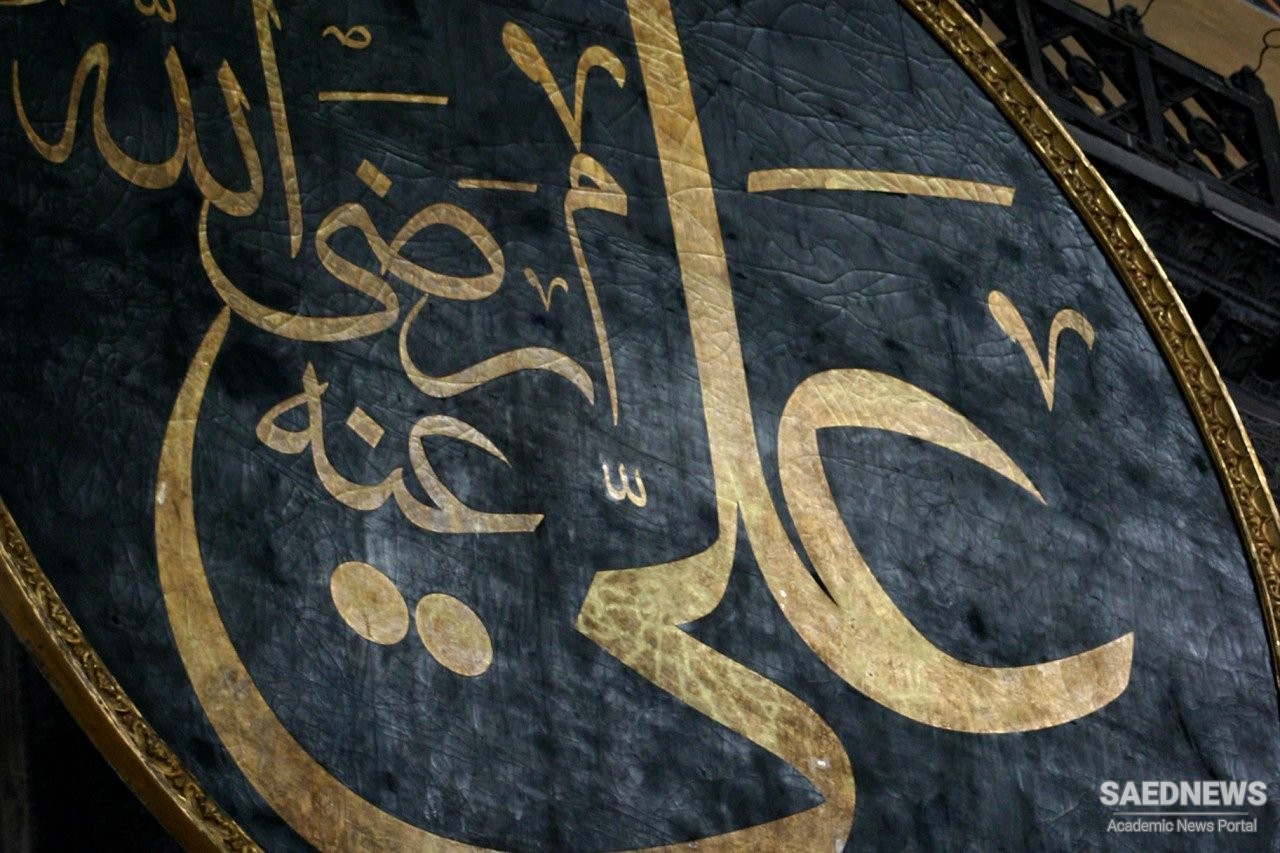Somewhat independent of Husayn’s martyrdom narrative, but complementing it, is the veneration of 'Ali, the First Shi'i Imam, as champion of justice, affection and self-sacrifice. As a role model intended for the rulers to emulate, this devotion should be seen as more of an establishment cult that crosses social boundaries to tie the rulers to the ruled. Naming 'Ali as the ultimate patron saint, and “attaching to him bonds of clientship” was often invoked by the rulers of the Safavid era and later to stress not only duty and virtue but also legitimacy. For centuries, the notion of “governance” and “guardianship” (Ar. wilaya; Per. wilayat) of 'Ali as the just successor to the prophet of Islam entailed political legitimacy. Even in the twentieth century, the doctrine of the “Guardianship of the Jurist” (wilayat-i faqih), the founding doctrine of the Islamic Republic of Iran, is a legalistic interpretation that is ultimately grounded in the old principle of Ali’s legitimacy. Along with the notion of governance was also the idea of the “friendship” of 'Ali as a patron saint, a belief long treasured by the Shi'i-Sufi orders such as the Ni'matullahis and their sub-branches and by the grassroots Khaksar (or Jalali) mendicant dervishes. Veneration for 'Ali also tied mainstream Shi'ism with powerful, but often rustic, communities of Ahl-i Haqq in the western Iranian periphery. Often labeled as “extremist” (ghulat; better translated as exaggerationist) by their opponents, the Ahl-i Haqq, Nusayris and the Alawites are but three variations on the theme of 'Ali veneration holding him as the “silent one” (samet) complementing the Prophet of Islam as the “speaker” (natiq) who articulates the apparent truth of the religion.


 Iranian People and Nativization of Shia Doctrines: Imam Husayn Martyrdom
Iranian People and Nativization of Shia Doctrines: Imam Husayn Martyrdom














































